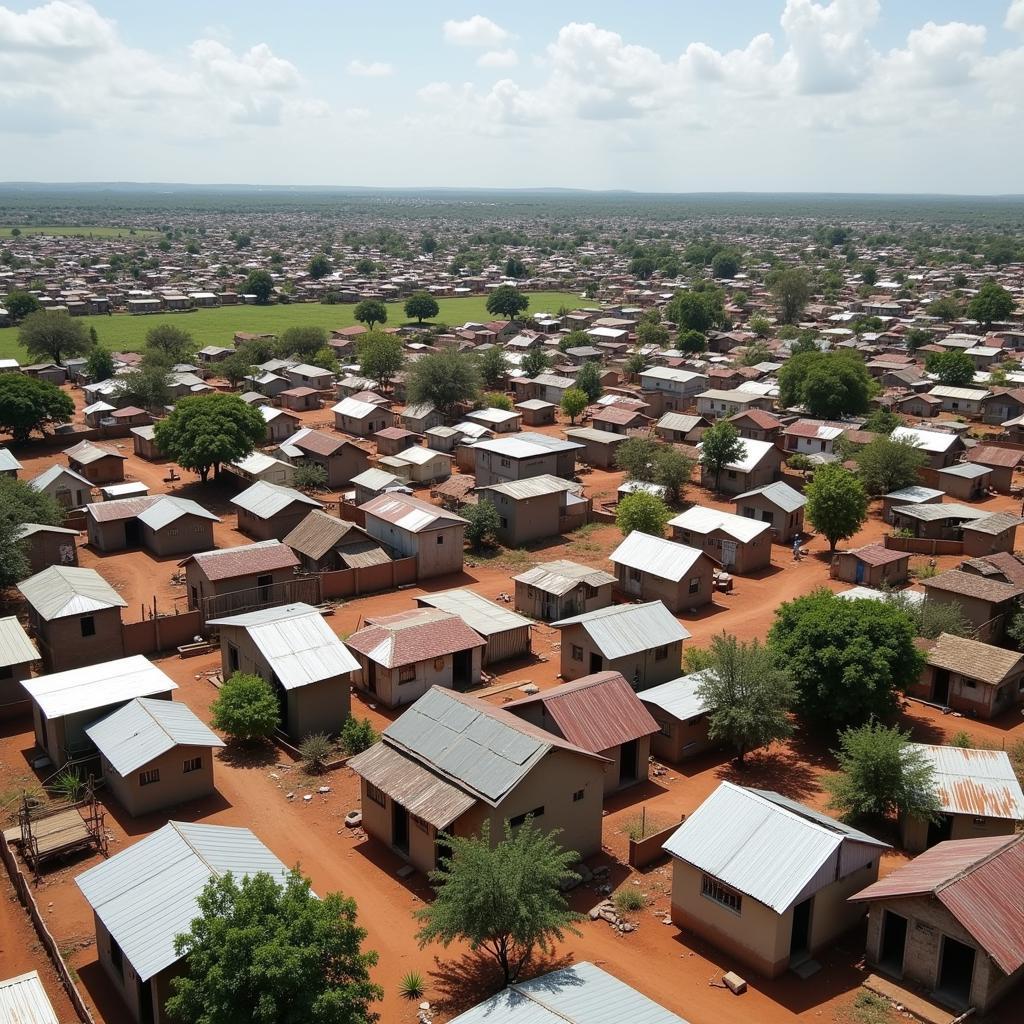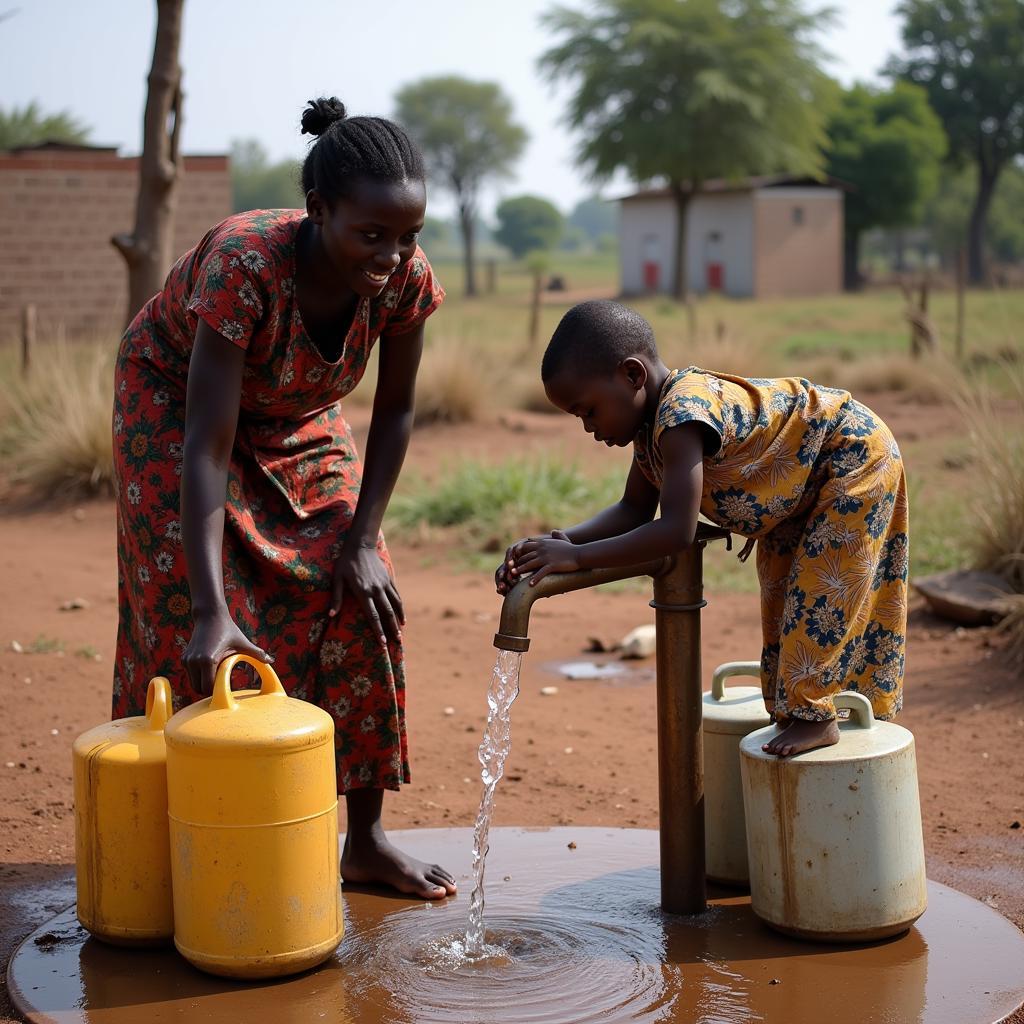African Houses: Poverty and Innovation in Housing Solutions
African houses are as diverse as the continent itself, ranging from modern skyscrapers in bustling cities to traditional huts in rural villages. However, for a significant portion of the population, particularly in rapidly urbanizing areas, housing conditions are often characterized by poverty and inadequate infrastructure. This article delves into the realities of African houses for the poor, exploring the challenges, adaptations, and innovative solutions emerging from these contexts.
 Crowded houses with tin roofs in an African slum
Crowded houses with tin roofs in an African slum
The Face of Poverty: Housing Challenges in Africa
Access to safe, affordable, and adequate housing is a fundamental human right, yet it remains a distant dream for millions across Africa. Poverty lies at the heart of the housing crisis, with limited access to financial resources, secure land tenure, and basic services like sanitation and clean water exacerbating the problem.
Common challenges faced by those living in poverty include:
- Overcrowding: Limited space often forces multiple families to share small dwellings, leading to unsanitary conditions and increased health risks.
- Inadequate Materials: Many houses are constructed using flimsy and perishable materials like mud, sticks, and plastic sheeting, making them vulnerable to extreme weather events.
- Lack of Sanitation: Proper sanitation facilities are often absent, leading to open defecation and the spread of diseases.
- Insecure Land Tenure: Many communities lack formal land rights, making them vulnerable to eviction and displacement.
 An African woman collects water from a communal tap in a densely populated area
An African woman collects water from a communal tap in a densely populated area
Resilience and Resourcefulness: Adapting to Housing Challenges
Despite these formidable challenges, African communities demonstrate remarkable resilience and resourcefulness in creating housing solutions.
- Community Cooperation: Collaborative building practices, where communities come together to help each other construct or repair houses, are common, fostering a sense of solidarity.
- Utilization of Local Materials: Traditional building techniques utilizing readily available, low-cost materials like mud, bamboo, and thatch are employed, reflecting cultural knowledge and environmental awareness.
- Incremental Building: Houses are often built in stages as resources become available, allowing families to gradually improve their living conditions over time.
A Brighter Future: Innovative Solutions for Affordable Housing
Across the continent, governments, NGOs, and social enterprises are exploring innovative solutions to address the housing crisis.
- Microfinance Initiatives: Providing small loans and financial literacy training empowers low-income families to access better housing options.
- Upgrading Informal Settlements: Improving infrastructure and service provision in existing slums can significantly enhance living conditions.
- Sustainable Building Technologies: Exploring and promoting the use of locally sourced, eco-friendly building materials can create affordable and sustainable housing options.
Conclusion: The Need for Collaborative Action
While poverty continues to pose significant challenges to housing in Africa, the resilience of its people and the emergence of innovative solutions offer hope for a brighter future. Addressing the housing crisis requires a multi-faceted approach involving governments, communities, and organizations working together to ensure safe, affordable, and dignified housing for all.
Do you want to learn more about specific traditional housing styles in Africa? Check out our article on african chuts vedio.
